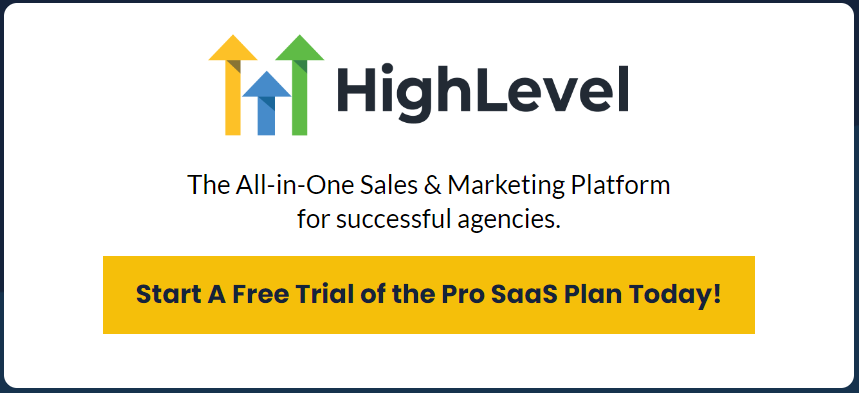Utilizing Expanded Dashboard Permissions and Default Dashboard: A Comprehensive Guide
Welcome to the ultimate guide on maximizing the potential of your dashboards through expanded permissions and default settings. If you’re aiming to streamline your workflow and enhance team collaboration, mastering these features is key. Let’s dive in and explore how you can leverage HighLevel’s expanded dashboard permissions and default dashboard settings effectively.
Setting the Stage: Expanded Dashboard Permissions
When it comes to managing your team and data efficiently, utilizing expanded dashboard permissions can be a game-changer. By customizing access levels for different users, you ensure that everyone sees only what they need to see. But how can you make the most out of this feature?
-
Understand Different Permission Levels: Before diving in, familiarize yourself with the various permission levels available. From agency users to sub-account admins and sub-users, each role comes with specific access rights.
-
Setting Up Private Dashboards: Ensure sensitive information stays confidential by creating private dashboards for specific team members. This feature adds an extra layer of security to your data.
-
Ensuring Hierarchical Consistency: Maintain a clear hierarchy within your team by aligning dashboard permissions with individual roles and responsibilities. This promotes a structured workflow and boosts overall productivity.
Tailoring Dashboard Views and Permissions for Improved Productivity
Customization is key when it comes to optimizing dashboard views and permissions. By tailoring settings to meet your team’s unique needs, you pave the way for seamless collaboration and enhanced efficiency. But how can you achieve this level of customization?
-
Customizing Dashboard Views: Arrange widgets, data sources, and metrics in a way that makes sense for your team. Personalizing the layout of your dashboard can significantly improve user experience and overall productivity.
-
Managing Permissions Effectively: Regularly review and update permissions based on changing roles and projects. This ensures that team members have access to the right information at the right time, leading to smoother workflows and better outcomes.
Leveraging Default Dashboards for Efficient Management
Setting default dashboards can simplify the user experience and ensure that everyone starts off on the same page. By defining default views for different user groups, you streamline the onboarding process and enhance overall usability. But how can you make the most of this functionality?
-
Saving Permissions and Settings: Once you’ve configured your preferred dashboard views and permissions, save them as default settings. This way, every user within a designated group will have immediate access to the most relevant information.
-
Enhancing Dashboard Management: By setting default dashboards, you eliminate the need for manual adjustments every time a user logs in. This not only saves time but also promotes consistency across your team’s workflows.
In conclusion, mastering expanded dashboard permissions and default dashboard settings in HighLevel is the key to unlocking enhanced team collaboration and productivity. By understanding permission levels, setting up private dashboards, customizing views, and leveraging default settings, you can create a seamless dashboard experience for your team members. So, why wait? Dive in today and revolutionize the way your team interacts with data!


